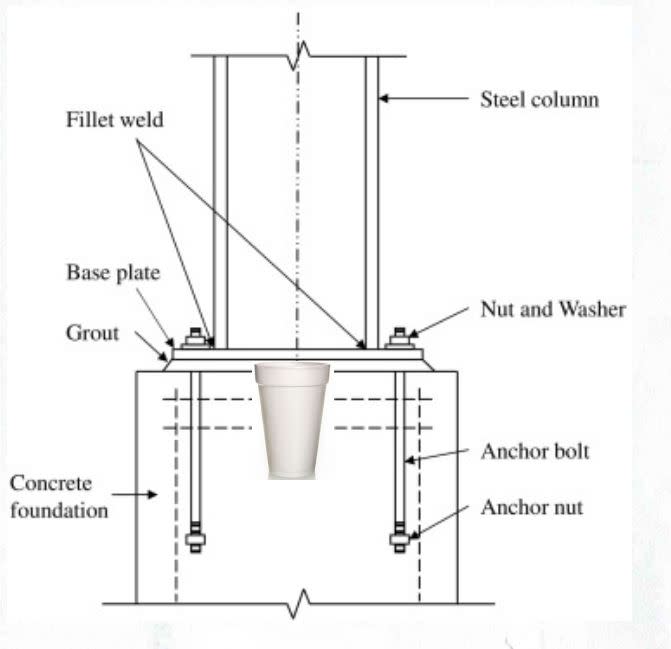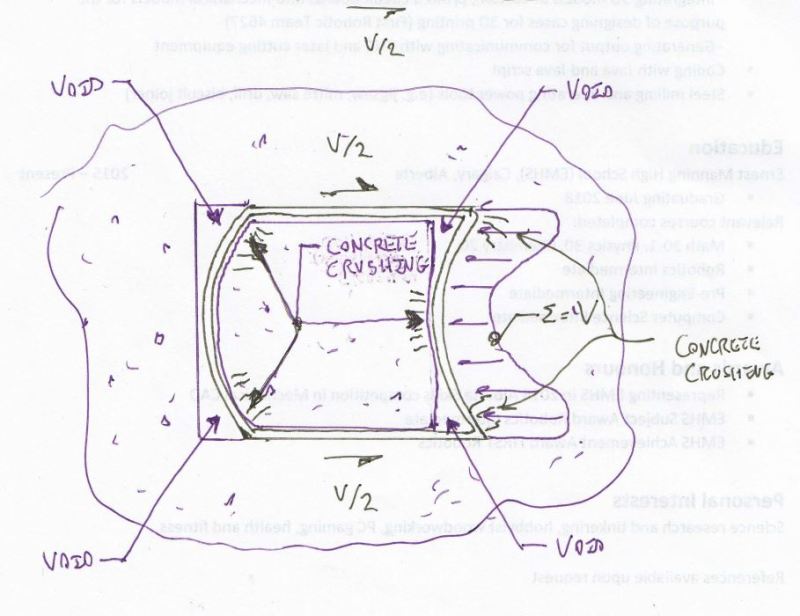BAGW
Structural
- Jul 15, 2015
- 391
Hi
I have a HSS shear lug. Inside of the tube is filled with grout and 2'' outside tube as well. Regarding the failure modes of the shear lug tube, local bending of the flange is not a failure mode as the tube is infilled with grout. Any comments?
Thanks
I have a HSS shear lug. Inside of the tube is filled with grout and 2'' outside tube as well. Regarding the failure modes of the shear lug tube, local bending of the flange is not a failure mode as the tube is infilled with grout. Any comments?
Thanks





